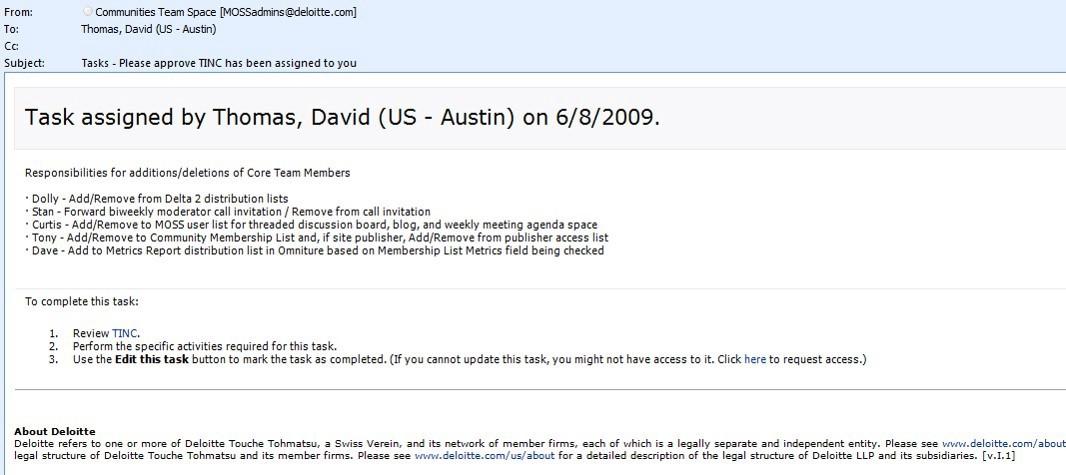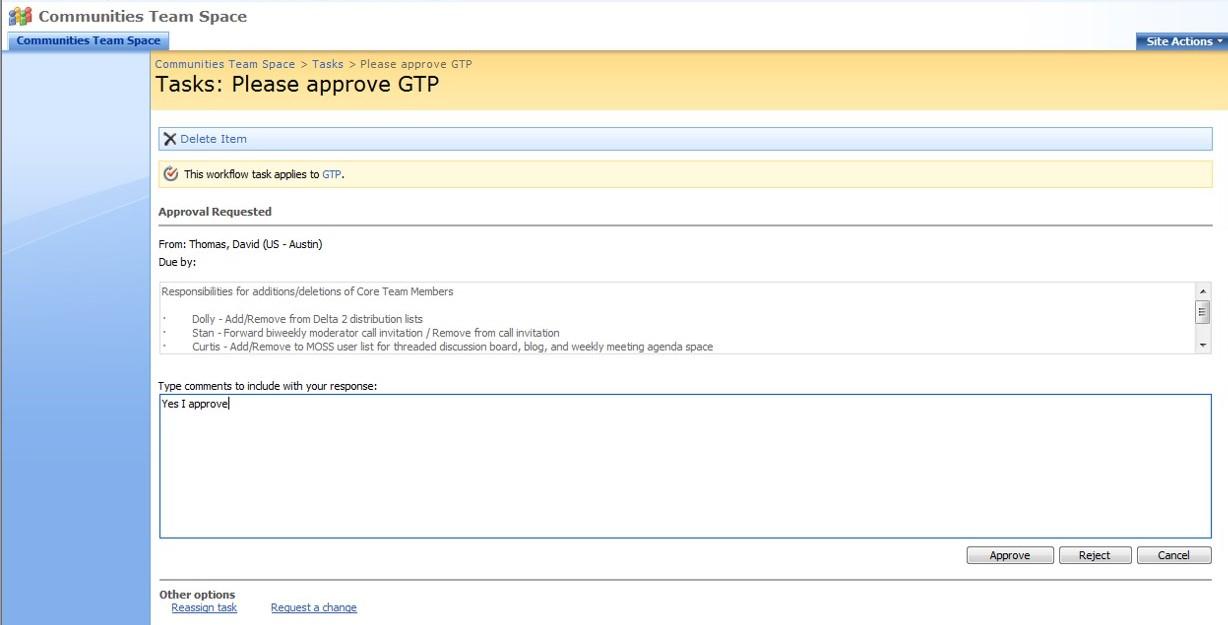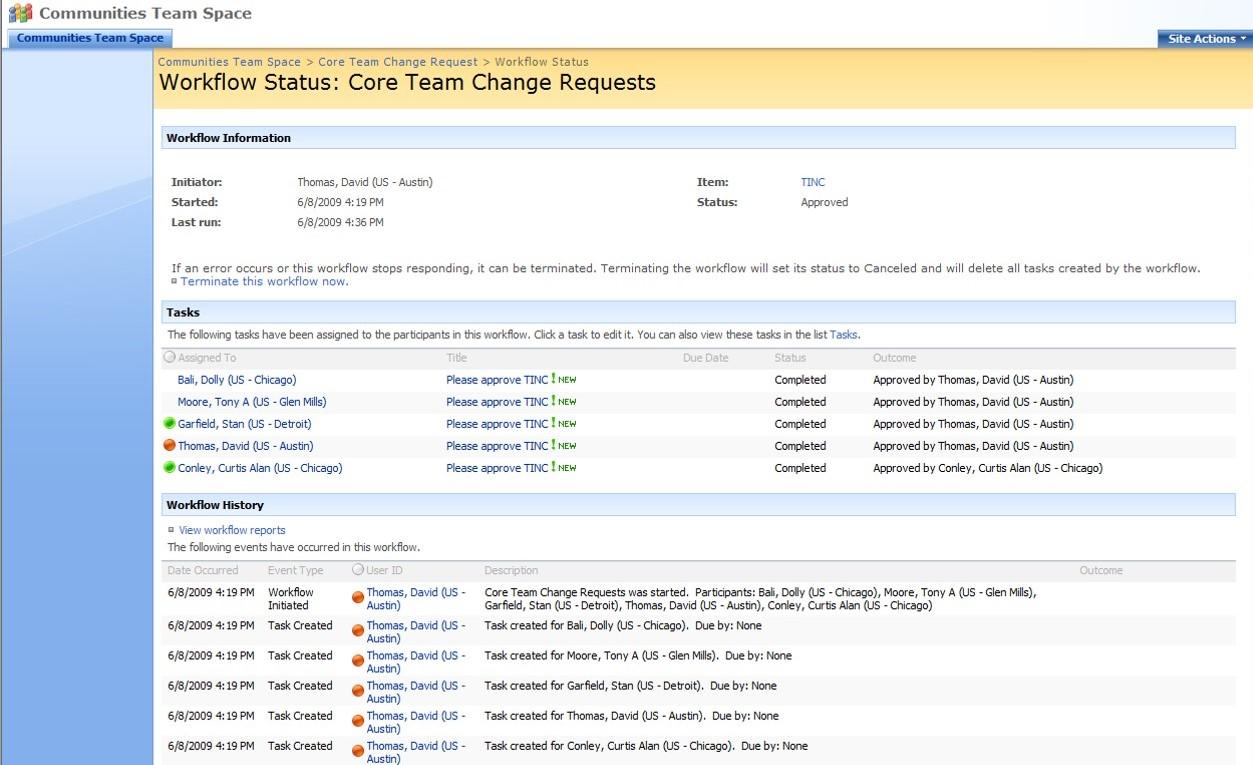KM Component 45 – Workflow Applications

Stan Garfield
Workflow applications consist of software that connects and sequences different applications, components, and people, all of which must be involved in the processing of data to complete an instance of a process. These applications support the workflow process.
Workflow automation is not strictly a knowledge management application, but it can be an important enabler by means of allowing knowledge capture and reuse to be embedded in routine business processes. By so doing, the likelihood of desired knowledge being collected and retrieved at the appropriate times is significantly increased, since there is no separate KM process which may or may not be followed.
For example, for call centers, there are four KCS (Knowledge-Centered Service) practices “that contribute to the creation and maintenance of knowledge in the Solve Loop: Capture in the workflow: while responding to the request, we capture the requestor’s context (their words and phrases) as well as the responder’s knowledge. As tacit knowledge becomes explicit in the context of use, it becomes part of the article. Capturing this tacit information makes the article findable and reusable.”
Look for opportunities to add knowledge capture and reuse to existing workflow applications and consider implementing new ones that do this. The result will be fewer extra steps, more automated knowledge flow, and improved business results.
Example using Microsoft SharePoint
Here is an example of using the workflow functionality of Microsoft SharePoint was used for task management.
Step 1: If you are part of a workflow you will receive a task notification

Step 2: Review Request

Step 3a: Approve Task related to the request (access from original email notification)

Step 3b: Approve Task

Step 4a: Each team member completes their step

Step 4b: Each team member completes their step


Stan Garfield
Please enjoy Stan’s additional blog posts offering advice and insights drawn from many years as a KM practitioner. You may also want to download a copy of his book, Proven Practices for Implementing a Knowledge Management Program, from Lucidea Press. And learn about Lucidea’s Inmagic Presto and SydneyEnterprise with KM capabilities to support successful knowledge curation and sharing.
Similar Posts
Lucidea’s Lens: Knowledge Management Thought Leaders
Part 108 – George Siemens
In this edition of Lucidea’s Lens Stan Garfield profiles George Siemens—pioneering voice in connectivism and a driving force behind MOOCs and learning analytics—whose work continues to reshape how we understand learning knowledge creation and the role of technology in education and professional development.
Lucidea’s Lens: Knowledge Management Thought Leaders
Part 107 – Arthur Shelley
Explore Arthur Shelley’s insights on leadership co-creation and knowledge strategy through curated works that showcase his expertise in collaboration and innovation.
Lucidea’s Lens: Knowledge Management Thought Leaders Part 106 – Hubert Saint-Onge
As the creator of the Knowledge Assets Framework Hubert has shaped how businesses integrate strategy leadership and knowledge sharing to drive performance.
Lucidea’s Lens: Knowledge Management Thought Leaders
Part 105 – James Robertson
James Robertson is a pioneer in intranet strategy and digital workplace design helping organizations create seamless employee experiences. As the Founder of Step Two and a respected industry voice he has shaped best practices in content management portals and digital experience design.






Leave a Comment
Comments are reviewed and must adhere to our comments policy.
0 Comments